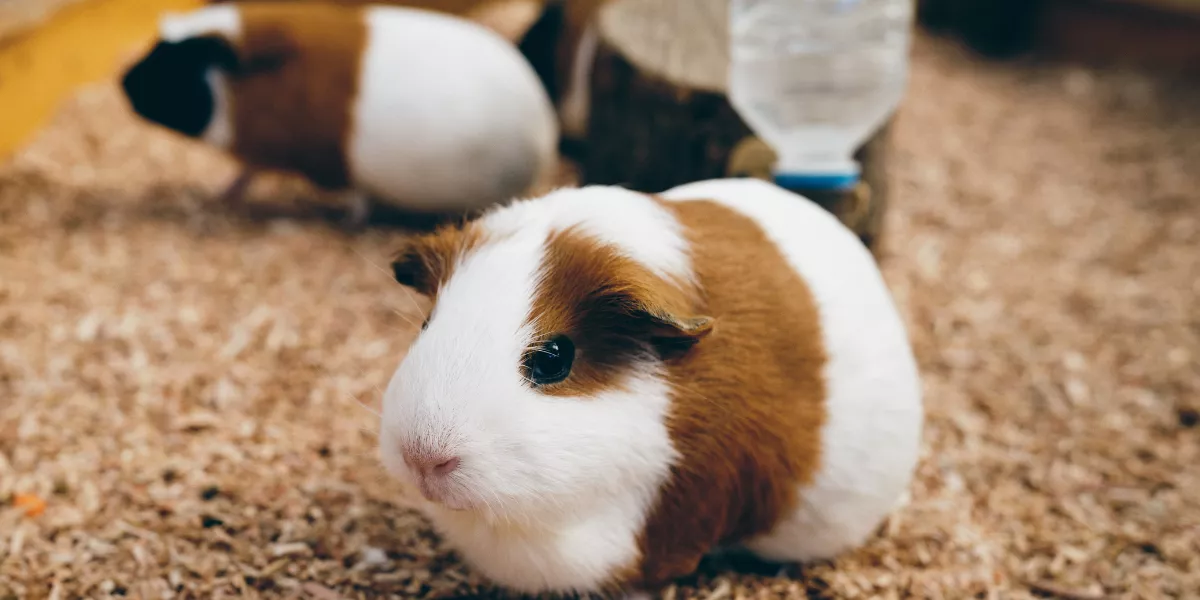
To introduce new small animals and promote positive interactions, start by setting up separate living spaces to prevent conflicts. Utilize neutral territory for initial meetings in unfamiliar rooms, carefully supervising interactions. Gradually increase their time together, monitoring behavior closely at all times. Remember, taking these steps can ensure a smoother transition for your pets and help them bond successfully.
Setting Up Separate Living Spaces
When introducing small animals for positive social interactions, ensure you set up separate living spaces to prevent territorial disputes. This step is crucial in easing the introduction process and ensuring a smoother transition for your pets. By providing each animal with its own territory, you're reducing the chances of conflict arising due to potential territorial aggression. Separate living spaces also allow each animal to become familiar with their new surroundings without feeling threatened by the presence of another animal.
Having separate living spaces enables the animals to establish their own scent and territory within their environment. This helps in reducing stress and anxiety that can arise when animals feel their space is being invaded. Additionally, it gives you the opportunity to observe each animal's behavior and monitor their adjustment to the new environment before any direct interactions occur.
Utilizing Neutral Territory for Meetings
Consider using a neutral territory to facilitate initial meetings between your small animals for positive social interactions. Choosing a neutral space that none of the animals have claimed as their own territory can help reduce territorial aggression and create a more neutral ground for introductions. This could be a room that none of the animals spend much time in or an area of your home that's unfamiliar to all of them. By selecting a neutral territory, you're giving each animal an equal chance to explore the space without feeling threatened or possessive.
When introducing your small animals in a neutral area, ensure that the space is safe and free from any potential hazards. Remove any items that could be used as hiding spots or places of confrontation. Providing ample space for each animal to move around freely can also prevent them from feeling cornered or trapped during the initial interactions. Remember to supervise the meeting closely and be prepared to intervene if any signs of aggression or stress arise.
Supervising Initial Interactions Closely
To ensure successful introductions between your small animals in a neutral territory, closely supervise their initial interactions to prevent any potential conflicts or stress. When you bring your small animals together for the first time, it's crucial to be present and attentive. Keep a close eye on their body language, vocalizations, and overall behavior. If you notice any signs of aggression or discomfort, be prepared to separate them immediately. Intervening early can help prevent any negative encounters from escalating.
During the initial interactions, avoid overcrowding the space with too many animals at once. Start with introducing one or two animals at a time to keep the environment less overwhelming. This way, you can focus on observing their reactions and ensuring a smooth introduction process. Remember, your presence and active supervision play a significant role in setting the tone for positive interactions between your small animals.
Gradually Increasing Time Together
Begin by slowly increasing the amount of time your small animals spend together to foster positive social interactions. Initially, allow short, supervised meetings, gradually extending the duration as the animals become more comfortable with each other.
Start with brief sessions, gradually building up to longer periods to prevent overwhelming or stressing the animals. Monitor their behavior closely during these extended interactions to ensure they continue to interact positively.
Conclusion
Introducing new small animals to each other can be a delicate process, but with patience and careful supervision, you can encourage positive social interactions.
By setting up separate living spaces, using neutral territory for meetings, and gradually increasing time together, you can help your pets get acquainted in a safe and controlled manner.
Remember to always prioritize the well-being and comfort of your furry friends as they get to know each other.




